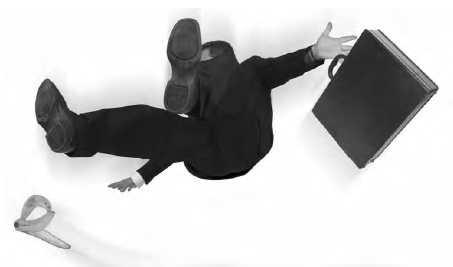Personal Injury LawNegligence |
What was the case of Palsgraf v. Long Island Railroad Company concerning proximate causation? |
The most famous case on the meaning of proximate causation resulted from an unfortunate incident on a Long Island Railroad station. Two men attempted to board a train as it was leaving the Queens’ Jamaica Station.
Palsgraf v. Long Island Railroad Co., 162 N.E. 99 (N.Y. 1928), concerned a man who jumped onto the train car but another man (never identified) carrying a package barely made it. One guard on the car pulled the man up, while another guard ran and pushed the man from behind. This dislodged the man’s package, which fell upon the rails. The package—covered by newspaper—contained fireworks. The fireworks exploded and knocked down some scales that struck a 43-year-old woman named Helen Palsgraf at the other end of the platform.
Palsgraf sued the railroad company for negligence. A trial court awarded her $6,000. An appeals court affirmed the award. However, the New York Court of Appeals (the state’s highest court) reversed 4 to 3 in a majority opinion by Benjamin Cardozo, who would later serve on the United States Supreme Court.
Cardozo reasoned that there was no proximate causation because injury to Mrs. Palsgraf was not reasonably foreseeable by the train station. “Nothing in the situation gave notice the falling package had in it the potency of peril to persons thus removed,” he wrote. “Here, by concession, there was nothing in the situation to suggest to the most cautious mind that the parcel wrapped in newspaper would spread wreckage through the station.”
Judge William S. Andrews wrote a dissenting opinion, believing that the duty owed by the railroad station extended beyond those within a certain radius or zone of danger. “Every one owes to the world at large the duty of refraining from those acts that may unreasonably threaten the safety of others,” he wrote. Andrews noted that the negligent act by the railroad employee that knocked the package was a “substantial factor in producing the result.” He also pointed out that “there was no remoteness in time” and that “injury in some form was most probable.”

